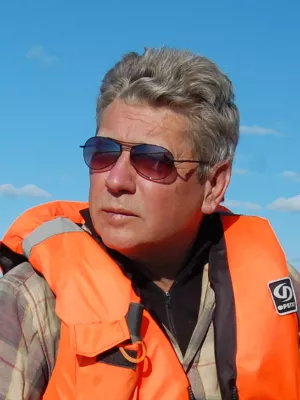
Per Möller
Professor

Subrecent moraine ridge formation on Cuff Cape, Victoria Land, Antarctica
Author
Summary, in English
A small bedrock ridge called Cuff Cape, protruding from an ice field in the inner part of Granite Harbour, Victoria Land, Antarctica, carries a system of moraine ridges. Cuff Cape was during deglaciation bounded to the south by a terrestrial, slow-retreat ice margin and towards the north and west by a faster-retreat, marine-based ice margin. Based on studies of contemporary processes along the present ice margin, sediment facies states of logged trenches and the morphology of the moraines, it can be concluded that moraines on low altitudes are composed of sediments deposited in fluvial troughs and meltwater ponds along a frontal glacier apron. The sediments were primarily deposited as debris flow diamictons, generated from melted-out sediments from basal debris bands and sorted sediments deposited as traction load and suspended load sediments in the marginal ponds. These sediments were in a frozen state later glaciotectonically thrust and stacked into moraine ridges during minor readvance stages. The largest moraine, covering a narrow retreat zone, was formed along the terrestrial ice margin by means of push and stacking of frontal apron diamictons. This moraine also carries superimposed minor ridges along its proximal slope, suggesting frequent readvance stages. Based on a survey of Cuff Cape, carried out by the English Terra Nova expedition in 1910–1913, it can be concluded that the youngest moraine has been formed since then. The absence of lichen growth on the moraines also suggests that they are of a very recent age.
Department/s
- Quaternary Sciences
Publishing year
1995
Language
English
Pages
83-94
Publication/Series
Geografiska Annaler, Series A: Physical Geography
Volume
77
Issue
1-2
Document type
Journal article
Publisher
Wiley-Blackwell
Topic
- Geology
Status
Published
ISBN/ISSN/Other
- ISSN: 0435-3676

